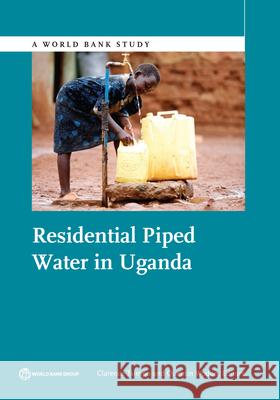Residential Piped Water in Uganda » książka
Residential Piped Water in Uganda
ISBN-13: 9781464807084 / Angielski / Miękka / 2018 / 118 str.
This study provides a basic diagnostic of residential network (piped) water coverage and affordability in Uganda and its relationship with poverty using a series of nationally representative household surveys for the period 2002-2013. The study first analyzes trends in residential network water coverage using both administrative and survey data. Demand-side and supply-side factors reducing the take-up of network water service by households in areas where the service is available are estimated. The study also documents the extent to which network water coverage enables household to shift time use away from domestic tasks and towards market work, and the effect that this may have on poverty. The targeting performance to the poor of implicit or potential subsidies is estimated and results obtained for Uganda are compared with similar estimates for other countries. Finally the study analyzes issues related to affordability, including the impact of the tariff increase of 2012 on household consumption, poverty, and affordability, as well as the cost for households to connect to the network.











